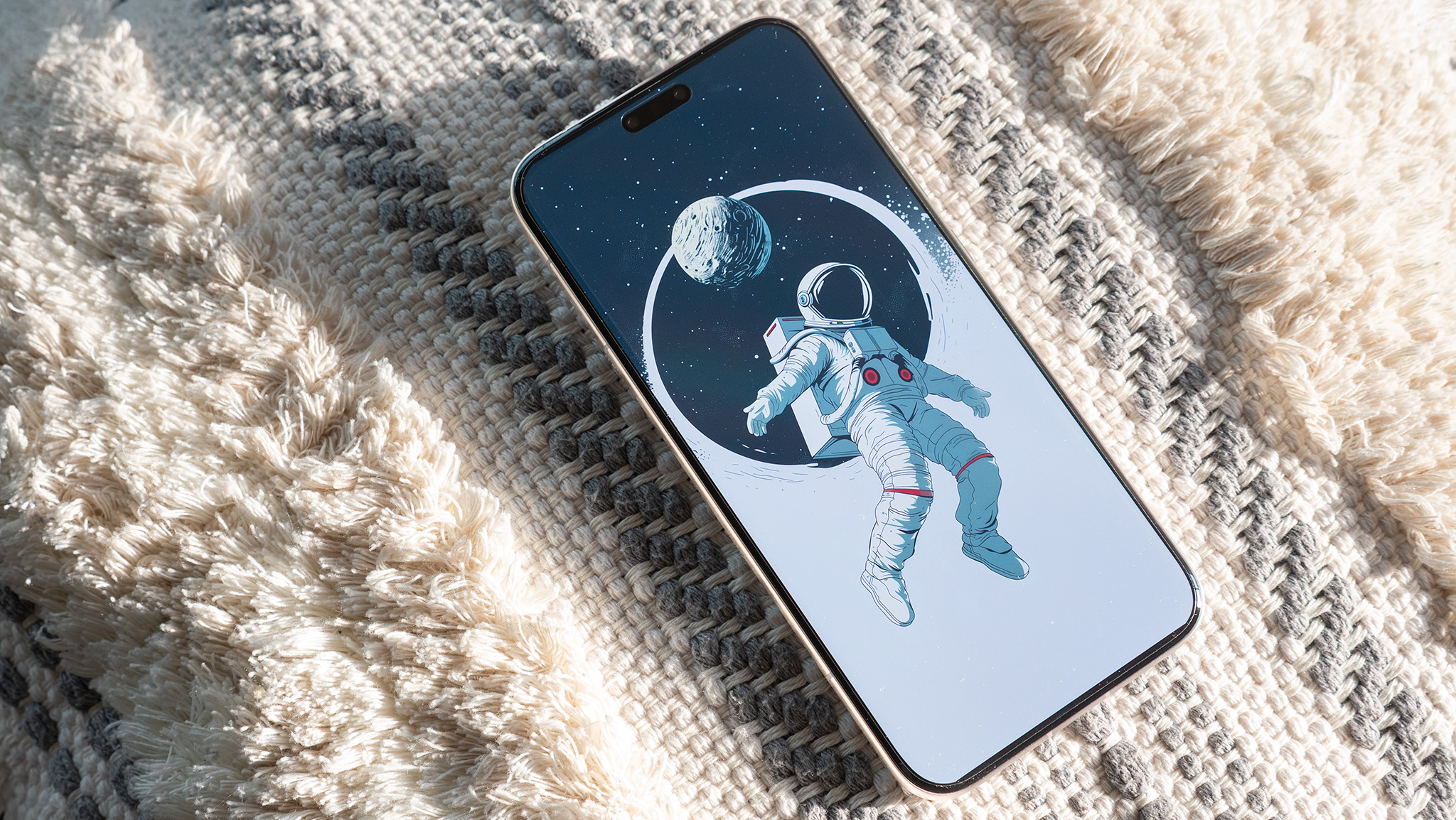2017
Google acquires HTC's smartphone engineer division
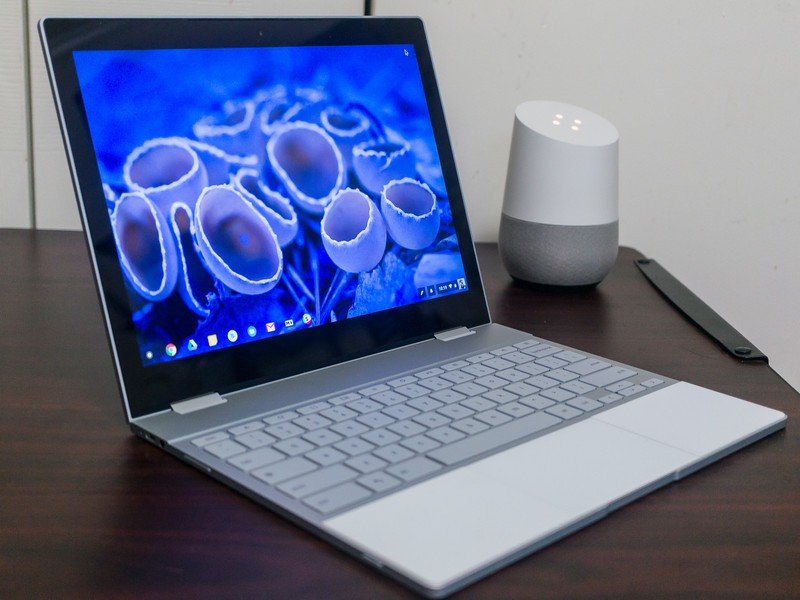
Google hadn't had a true hardware arm to produce its custom-designed phones since the days of its Motorola acquisition (May 2012 - January 2014), and it was forced to work with third-party OEMs to design and manufacture the Nexus and initial Pixel lines of phones through 2018. By 2017 the writing was on the wall that if Google wanted to really have control over its devices and push what its vision of Android should be, it would need to get back in the hardware game.
In September 2017, Google announced that it had "acqui-hired" HTC's smartphone division, adding over 2,000 talented mobile engineers and designers in Taipei. As Rick Osterloh, Google's hardware head said at the time:
HTC has been a longtime partner and has created some of the most beautiful, high-end devices on the market. We can't wait to welcome members of the HTC team to join us on this journey.
The fruits of this labor still haven't been fully realized, but glimpses of the team's work can be seen in 2019's Pixel 3a and Pixel 4 line of phones. While not perfect, both product lines are well-made, well-designed, and among the best smartphones in their respective price points.
Pixelbook, Queen of Chromebooks, debuts
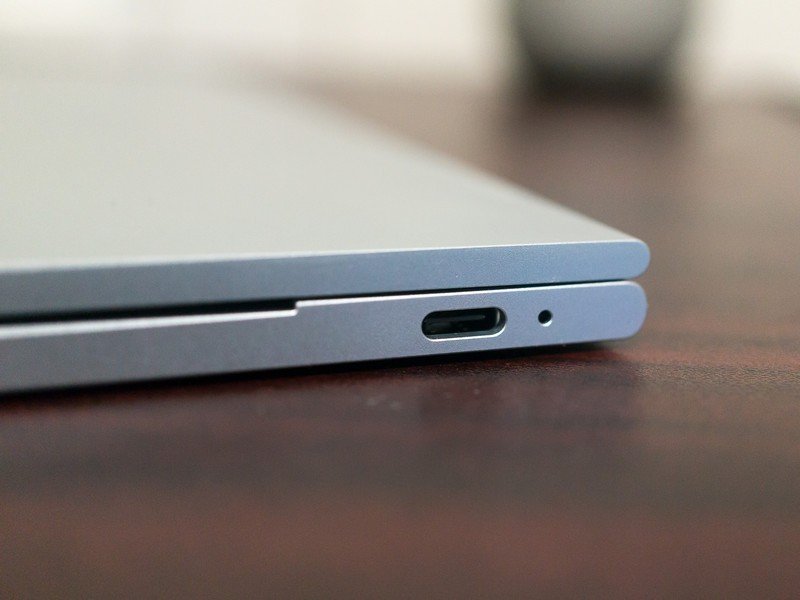
The original (and still current) Google Pixelbook debuted in early October 2017 at the Made by Google event that also brought us the Pixel 2 and 2XL, Google Home Mini, and Google Home Max. The general consensus at that time (and through the present day) was that it was a marvel of engineering, with superb build quality and an awesome display and keyboard. It was the pinnacle of Chromebook design, but it came at a price.
Starting at $999 (with models available well over $1,600), it was in a weird segment of the laptop market because it was competing not with other (good) Chromebooks but rather with decent to really-good entry-level machines from Apple and numerous Windows PC manufacturers. And while many Chromebook faithful had to pine away for such quality at first, the Pixelbook (like the Chromebook Pixels before it) spawned a new golden age of mid-tier and sub-premium Chromebooks like the Asus C434 and Acer Chromebook Spin 13, among others.
The Pixelbook remains for sale in the Google Store and in online and physical retail outlets around the world, and to this day holds its crown as the best Chrome OS laptop that you can purchase. When Google unveiled the Pixelbook Go in late 2019, that device was slotted in below the original Pixelbook in terms of specs, performance, and price. While the Go is an impressive laptop, I think I speak for all of us in the Google-sphere when I say that I hope there is a new, top-of-the-line Pixelbook 2 released in the not-too-distant future.
Google announces that there are over 2 billion monthly active Android devices
There may be one billion pockets full of iPhones, according to Oprah, but that's barely half of the active Android devices in the world as of two years ago! Google's CEO Sundar Pichai mentioned this milestone at the beginning of the company's I/O developer conference, along with highlighting growth in individual Google apps and services like Photos, Maps, and Drive.
Get the latest news from Android Central, your trusted companion in the world of Android
With a wide-range of devices from sub $200 entry-level phones to $2,000 + folding monstrosities, the beauty of Android is that it is accessible to so many people on so many devices and form factors, and it's good to see this continuing to trend upward.
The Pixel 2 launches and brings portrait mode and a whole bunch of HDR+ improvements

As its name suggests, the Pixel 2 (and 2XL) were the second iterations of Google's new smartphone play. They introduced a sleeker design than the previous generation, added IP67 water- and dust-resistance, and kept an exciting "Kinda Blue" third color option. Much to the chagrin of headphone enthusiasts, this was the first Pixel to lose the 3.5mm audio jack. RIP. Perhaps the most interesting addition was the squeeze gestures (borrowed from the HTC U11) that allowed you to quickly call upon the Google Assistant.
The smaller Pixel 2 did still have chunky bezels that resembled an iPhone 6, 7, or 8, but the 2XL had a small forehead and chin that still managed to retain excellent front-facing speakers. However, there were many issues with the LG-manufactured display on the Pixel 2XL, with complaints about viewing angles and blue tinting being bandied around on blogs, podcasts, and user forums.
Despite display issues, Google continued to flex its computational photography muscles with the Pixel 2 and 2XL's camera, which were once again among the best in the industry, though it still wasn't the best video camera experience around. Ultimately, the biggest takeaway from the Pixel 2 and 2XL was that Google was serious about hardware again.
The rise of Portrait Mode and computational photography

The Pixel 2 and 2 XL had their issues, but their longstanding legacy will be cementing so-called "computational photography" as the way forward in smartphone photography. Their predecessors, the original Pixels, were able to make amazing photos with supposedly subpar hardware thanks to advanced processing — but the Pixel 2 series made it clear that it was software, not hardware, that would push smartphone photography forward.
Using still ho-hum imaging hardware (now assisted by OIS), Google dramatically improved its image algorithms to take amazing photos. "HDR+" wasn't a separate mode or something that was just for specific situations anymore — it was simply what the camera did every single time you took a photo. You were no longer capturing a photo and processing it after the fact; your phone was constantly capturing frames, and when you pressed the shutter it combined several and used HDR-like processing to pull it all together to give you a photo better than anything we'd seen from a phone before.
With a single camera sensor and lens, Google was able to do things that took other companies multiple cameras — and do it better. Google's portrait mode was done purely in software, yet somehow did a better job than multi-lens arrangements. And better yet, Google could constantly tweak its photography algorithms and introduce software updates that had a material impact on the quality of photos your Pixel 2 could produce.
Android 8 Oreo brings Project Treble and updates are changed forever
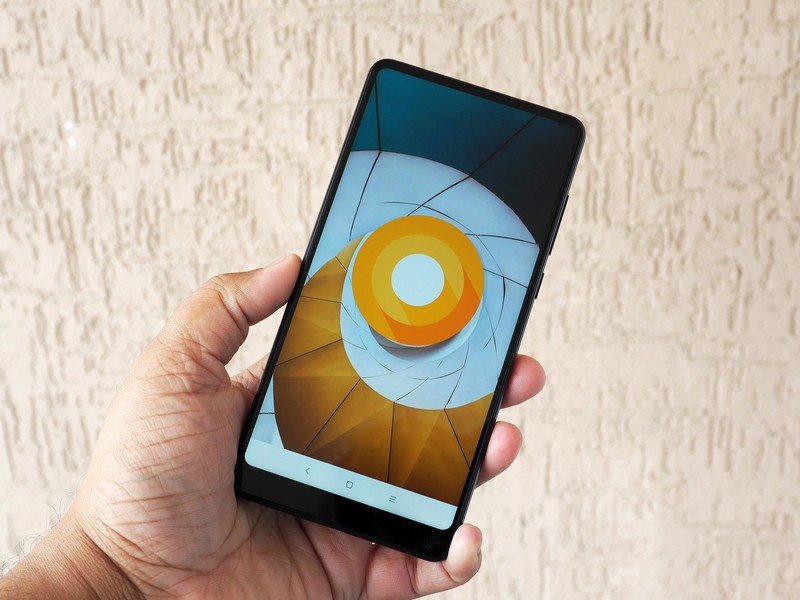
Android 8 Oreo was a seemingly minor update in the grand scheme of things, but it contained within it one massive improvement: Treble.
Officially unveiled at Google I/O in May of 2017, Google touted Treble, or Project Treble as it was called at the time, as a way to modularize Android updates, separating various elements of the software stack so component vendors, like Qualcomm, Broadcom, and others, could update their components without having to rebuild other parts of the OS.
EU fines Google, forces it to open up Android more than ever before
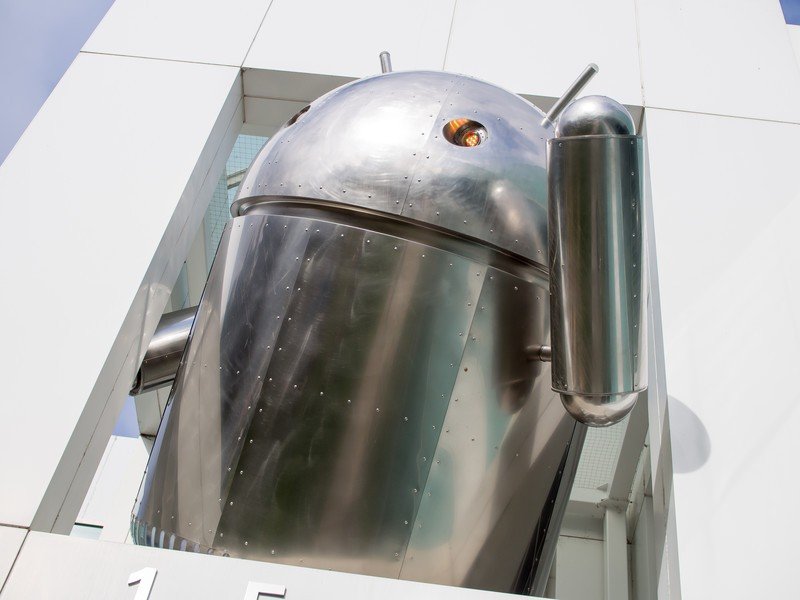
Say what you will about the EU, but you can't say that it's a passive legislative body. After years of battling tech giants like Microsoft for what its members defined as anti-competitive business practices, Europe set its sights on knocking Google down a peg or two and leveling the playing field for mobile search and advertising.
Claiming that Google has been forcing OEMs that ship phones using Android to bundle Google Search, Chrome, and the Play Store, the EU fined Google over five-billion dollars for violating its antitrust rules. The EU argued that this forced bundling had and continued to stifle competition and innovation, and discouraged or prevented users from seeking alternative options.
As early as 2013 Google began bundling its apps and services in what it says was an effort to ease customer confusion and create a better, more unified Android experience. While not denying that it bundles its services, Google reiterated its position that as an open platform, Android not only permits but encourages its users to customize their software, allowing for changes to default applications, skins, and other settings. Regardless of bundling strategies, opponents to the EU ruling also argued that Android is open source, and manufacturers are free to build their own versions based on the AOSP project.
James Damore's anti-diversity memo
Former Google engineer James Damore caused a massive ripple in the burgeoning #MeToo sea of gender discrimination and harassment attention that was coming to the forefront of the public consciousness by 2017.
In the now-infamous memo, Damore acknowledged that while there certainly was disparity between the genders in the tech workplace and in society-at-large, it was wrong to conclude that such disparity was the result of targeted oppression, or that it should be corrected by "authoritarian" corporate or political measures.
Damore claimed that "science" backed up his assertion that disparities in opportunities for men and women could be explained by biological differences rather than more abstract concepts like oppression and discrimination. Many news outlets were vociferous in their objections to Damore's memo, and even tech publications like Wired made efforts to dismantle his arguments point-by-point.
Whether or not you agree that Google is an "ideological echo chamber" you no-doubt were made ever more aware that the gender gap (among other disparity gaps) is still very much a real thing, even in the more "enlightened" world of tech.
-Jeramy Johnson

